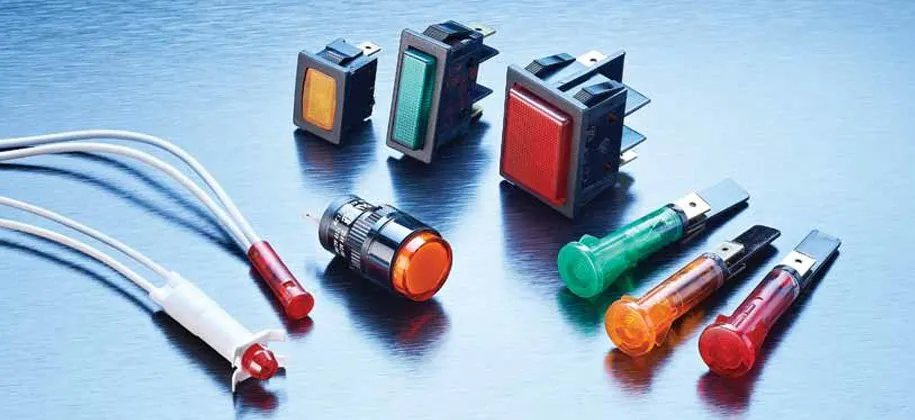Pumps for water trucks are essential components in industries like construction, agriculture, and municipal services, where effective water distribution is crucial. But even the most durable pumps will eventually wear out. Here, we look at eight distinct indicators that indicate your water truck’s pump could be approaching its lifespan, as well as useful information to aid you in making the right choice.
Table of Contents
1. Unusual Sound Signatures While in Operation
Although unusual sounds are a typical indicator of C, however, a more sophisticated investigation involves the identification of specific signs that indicate the cause of mechanical issues. The grinding noises could indicate alignment or wear on bearings, and high-pitched whining may indicate impeller damage or cavitation. Sophisticated diagnostic tools, including Acoustic emission and vibration tests, help to pinpoint the source of the issue. If the issue persists regardless of repair, it’s an indicator that the pump’s inner components aren’t salvageable and replacing them is the most cost-effective option.
2. An Increase in the Number of Mechanical Failures
The frequent breakdowns aren’t just an inconvenience for the operation; they can be a sign of wear and tear in the system. For more advanced users, monitoring the time it takes between failed pumps (MTBF) could provide valuable insight into the pump’s performance. If the MTBF is declining as repair costs are increasing, it’s a clear indicator that your pump may be nearing an endpoint in its operating lifespan. A new pump that has greater endurance and more advanced technology can decrease downtime and increase the efficiency of operations over time.
3. Hydraulic Performance Decline
A noticeable decrease in the flow of water or pressure is typically caused by wear or corrosion, or fouling in the pump. Advanced diagnostics, like tests of pressure and flow, will help determine the severity of the performance decline. If the efficiency of your pump is falling to less than 70%-80% of its initial capacity, it’s that it’s time to look into replacing the pump. Modern pumps that have improved design and materials for hydraulics can bring back optimal performance and lower the amount of energy consumed.
4. Higher Consumption of Specific Energy
To ensure energy efficiency, monitoring the amount of energy consumed (SEC) of the water truck pump is essential. SEC determines the amount of energy required to supply a specific amount of water. If the SEC metric is growing regardless of the constant operational demands, it means that your pump may be failing because of wear, internal leaks, and outdated technologies. Moving to a high-efficiency pump equipped with the most advanced design of the impeller and motor can dramatically reduce energy consumption and also help achieve sustainability goals.
5. Unreliable Pressure Output and Unstable System
Variable pressure levels can affect the distribution of water and could indicate problems like worn impellers, damaged seals, or air condensing. Modern monitoring systems can monitor variations in pressure and spot patterns that could indicate mechanical damage. If you notice that pressure fluctuations persist even after regular maintenance, it’s an indication that the pump is unable to maintain its stable operation. The replacement of the pump with one with advanced capabilities for regulating pressure will ensure consistency in performance and a reliable system.
6. Continuous Seal Failures and Leaks
Leaks are often the result of gasket failure and internal corrosion. For those who are more experienced, performing a failure mode and effect analysis (FMEA) can assist in determining the root of persistent leaks. If the pump is in need of regular seal replacements or displays continuous leaks is a clear indication that internal components are damaged. Modern pumps that have improved seals and corrosion-resistant materials can help alleviate these problems and increase the service life.
7. Technology and Pump Component Obsolescence
Older pumps often face issues with parts availability and compatibility with current systems. If your pump runs on outdated components or has no integration with the latest controlling and surveillance systems, it could be time to consider upgrading. Modern pumps come with features like IoT connectivity as well as predictive maintenance capabilities, as well as a modular design that eases repairs and improves operational flexibility. Investing in a modern model will ensure the availability of parts and assistance, which will help reduce the long-term challenges of maintenance.
8. Growing Operating Expenses and Their Effect on the Environment
A poorly-functioning pump not only adds energy costs, but also leads to greater environmental and water consumption. The most experienced users should do a life cycle cost study (LCCA) to assess the costs of total ownership of their current pump against the latest and most efficient models. If the analysis shows that environmental and operational costs are increasing and the pump needs to be replaced, an energy-efficient, sustainable alternative could provide substantial environmental and financial advantages.
Active Techniques to Increase Pump Life
While it is not always necessary, Advanced maintenance techniques can extend the lifespan of your water truck’s pump.
Predictive Maintenance Programs
Use condition-based monitoring with sensors, as well as data analytics, in order to spot early indications of wear and deterioration. This will reduce the amount of unplanned downtime and improve maintenance schedules.
Material Upgrades
Think about retrofitting your pump with modern materials, like stainless steel or composite parts, to increase the durability as well as resistance against corrosion.
System Optimization
Review and improve the whole water distribution system, including valves, piping, and filters, to lessen stress on the pump as well as increase the overall performance.
Conclusion
For experienced operators in the field, recognizing indicators of a failed pump is more than just observing the signs. Through the use of testing tools for diagnosing, performance indicators, and cost analysis, you can make data-driven decisions on the best time to replace your water truck’s pump. The upgrade to a contemporary, efficient pump not only improves the operational efficiency but also supports the environmental and cost-saving goals. In the industries where water distribution is a major concern, investment in reliable and modern pumps is an essential step.




